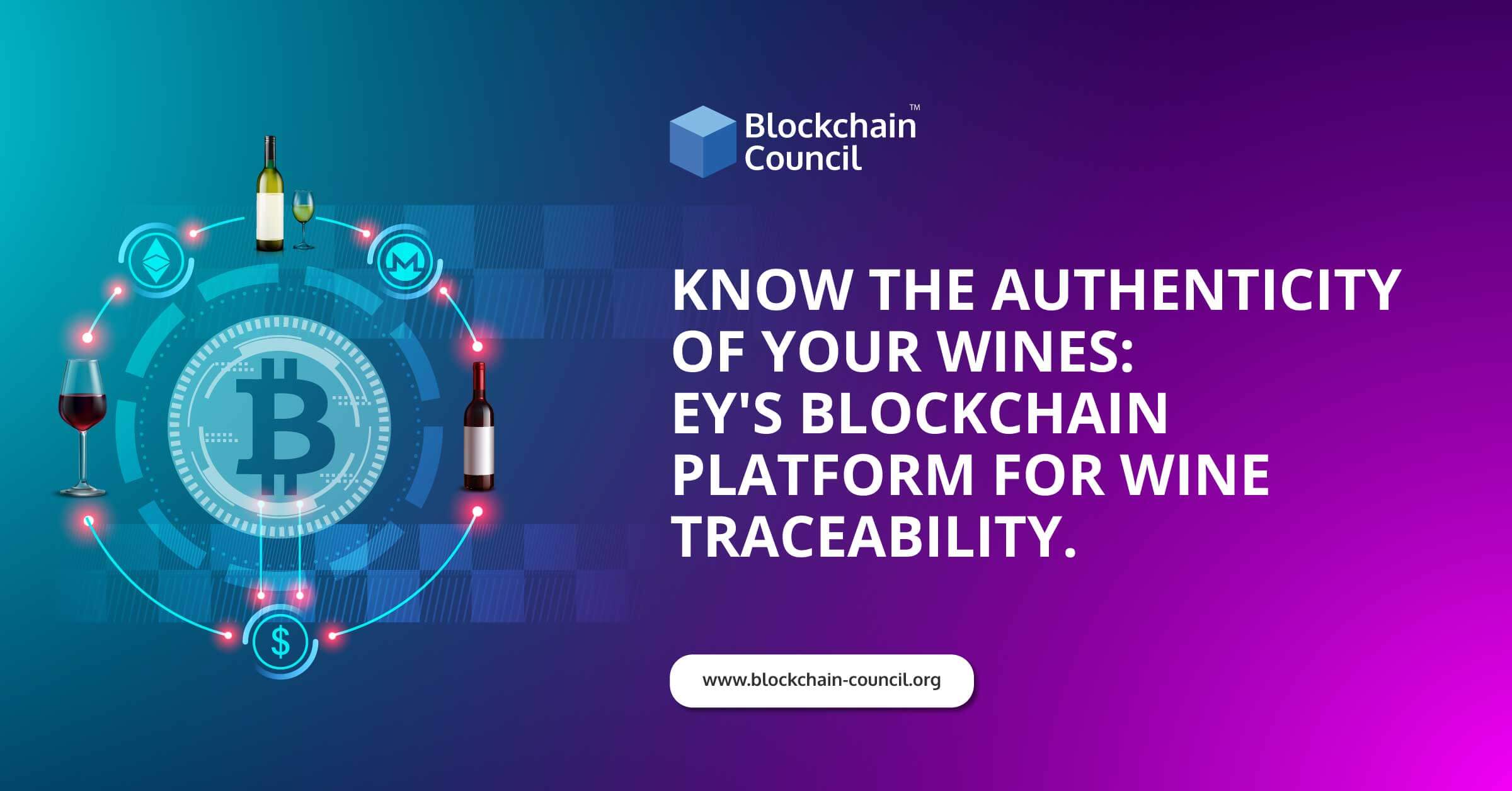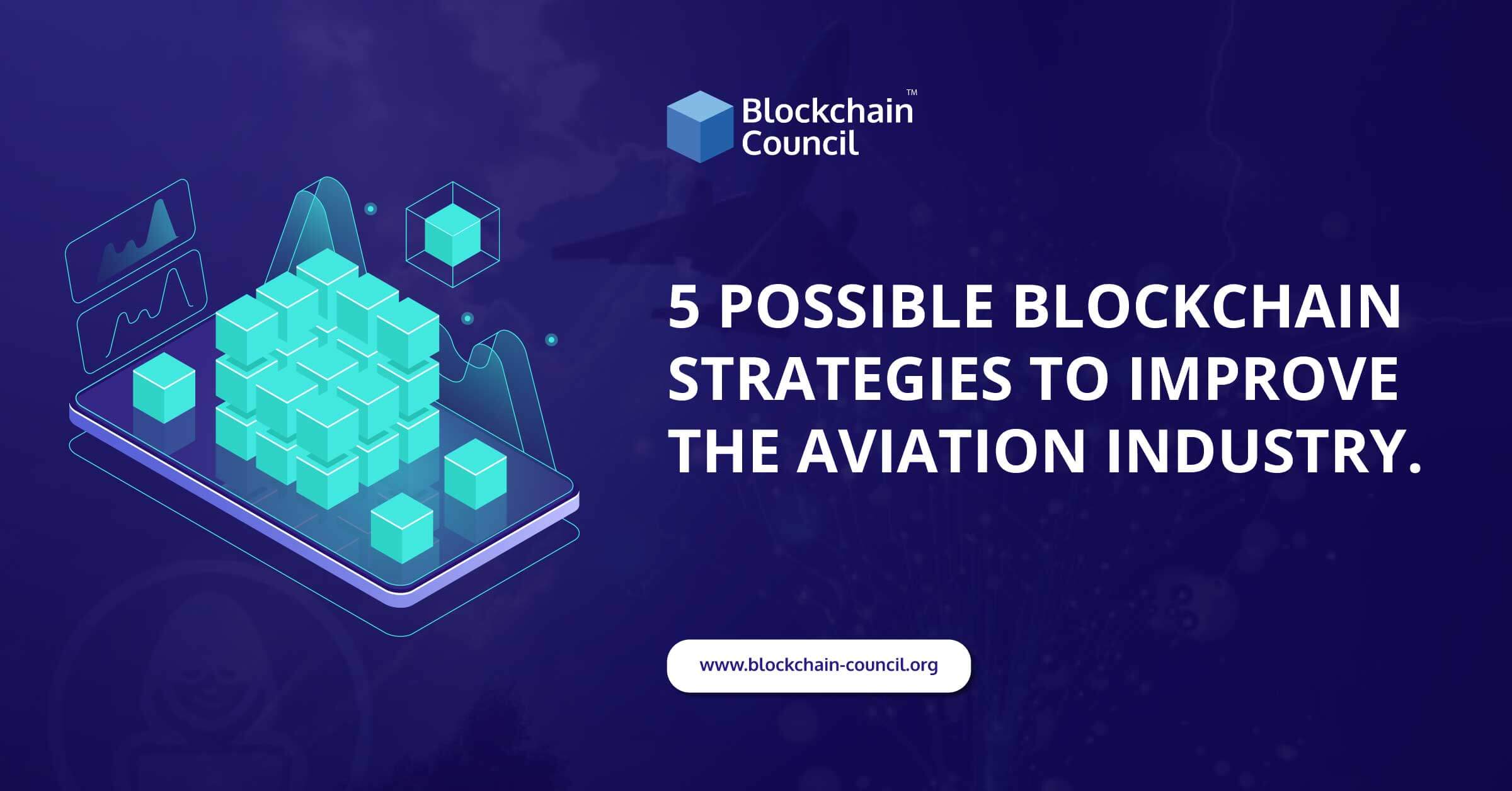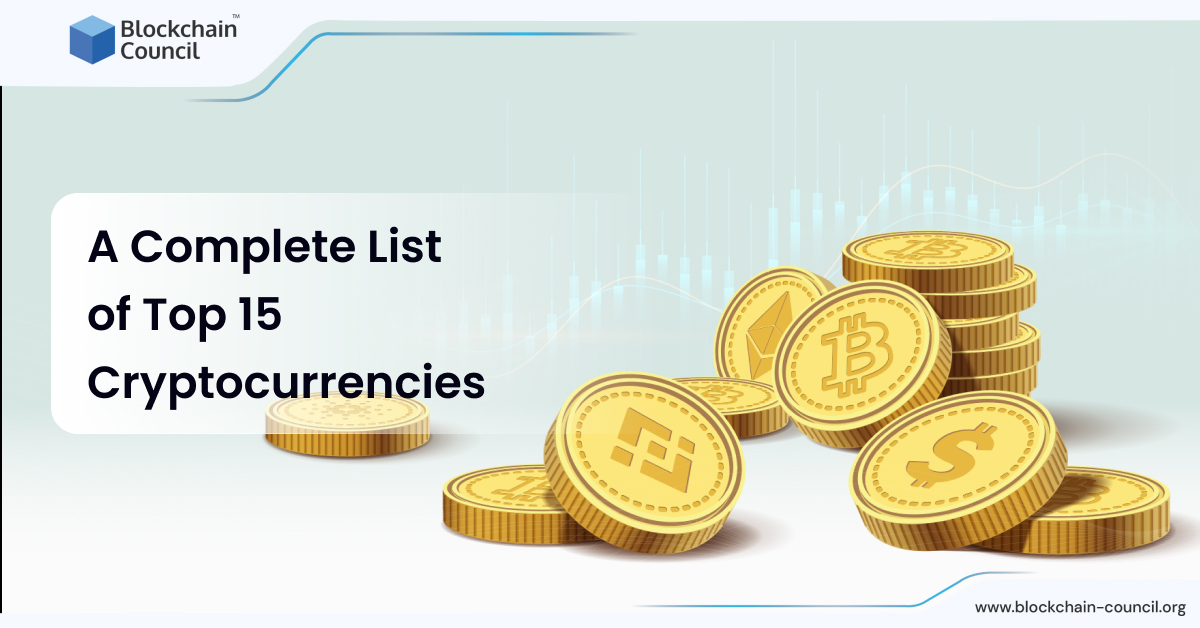
- Toshendra Kumar Sharma
- July 16, 2019
Technology is a constantly evolving field striving to outdo itself by coming up with spectacular developments and technological advancements as the tech space never seem to rest with the government, entrepreneurs, developers, and scientists continuously pushing its boundaries to greater heights.
Blockchain’s popularity is only growing manifold each day with people looking for novel ways to leverage the potential of blockchain to gain a one-stop-solution to real-world problems. Large-scale corporations try to stay ahead in the rat race by designing and deploying sophisticated blockchain-driven applications. This article will focus on one such professional services firm which has created a blockchain platform for tracking wines. Sounds interesting? Let’s delve deeper to gain more profound insights.
Ernst & Young- company profile
Ernst&Young is the world’s fourth-largest public accounting firm. It is a leader in professional services as it assists companies to identify and capitalize on business opportunities. Earlier, Ernst & Young provided auditing services and tax advice for multinational firms. In the recent years, it has moved into management consulting business, where it provides expertise and guidance to clients in areas such as mergers and acquisitions, risk management, information technology, legal services, and recent trends in worker-management relations. EY helps build a better working world for clients, communities, and people.
TATTOO Wine Platform
The most recent products to join the blockchain bandwagon are vintage and new wines, thanks to the project between Ernst & Young and Blockchain Wine. This blockchain platform will provide consumers details such as provenance, authenticity, and quality of wines. Blockchain Wine Pte. Ltd.’s TATTOO Wine Platform will help in the promotion and sales of new and vintage wines across the globe. This blockchain solution is built by leveraging the OpsChain Solution of Ernst & Young which will be operated by Blockchain Wine Pte. Ltd. in markets where there is an increase in the consumption of European wines and these include South Korea, China, Thailand, Singapore, and Japan.
The House of Roosevelt, one among the largest wine cellars in Asia, provides its support to the TATTOO Wine Platform. It will use its platform to directly sell wines from vineyards to restaurants, cafes, customers, and hotels, thereby facilitating wine sales from customer to customer (C2C) for investment-grade wine collecting purposes, by using smart contracts for cost-effectiveness and increased efficiencies. TATTOO can be expanded as traceability, authenticity, transparency, trade, origin, and opinion. Within a few years down the line, the TATTOO Wine Platform will have more than 5,000 labels and this will include wines from Spain, Australia, Italy, France, South Africa, South America, New Zealand, and California.
EY’S OpsChain is a leading blockchain platform which offers its entire ecosystem of wine providers, logistics providers, distributors, and insurance operators to trace the quality and origin of wines. It allows using tokens to buy and sell wines to monitor warehousing and delivery, schedule and track shipments, and track and arrange for insurance coverage of wine shipments. TATTOO is the world’s first e-commerce platform which has uses blockchain technology and combines e-commerce, traceability, and tokenization.
EY OpsChain, one of the leading global blockchain platforms, offers business applications across industry verticals such as contract, asset, and public financial management, traceability, supply chain management and procurement, intercompany transactions, tax planning, and multiple use cases such as healthcare, food and beverage, financial services, and manufacturing industries. The TATTOO Wine Platform offers traceability functions which allow participants to track every batch of wine to monitor and verify the authenticity and handling. Each bottle will be ‘tattooed’ with its QR code. The QR code can be scanned by the participants to access details such as the name and location of the vineyard, mode of transport of each batch of wine for processing and delivery, and fertilizers used to grow the crops. The TATTOO Platform uses management tools which are useful for consumers and distributors as it allows them to use their tokens to order wine shipments directly. This will also help them track their shipment, and this also includes its movement through customs, and status of warehouse storage, in real-time. Having a self-executing smart contract capability on the blockchain acts as a decentralized system for agreements between logistics operators, insurance providers, and providers. This will save time and certify the availability of all data to the participants.
In the words of Tim Tse, President, House of Roosevelt, and Chairman, Blockchain Wine Pte.Ltd., “By integrating blockchain to our platform, we will establish direct connections between wine producers, distributors, and the companies involved in logistics, such as shipping and warehousing, with the possibility of payments to be managed electronically. As the market in China for European wine is expanding, there are many small and medium wine producers that want to reach this market, but there is no way for distributors – and their customers – to get information on product quality or authenticity. Because we are now bringing in more imported wines, and quality is extremely important to us and our customers, we wanted a way to equip our distribution network in Asia and worldwide and, ultimately, their consumers, with the information they need to help ensure the source, authenticity, and availability of the product they are buying.”
EY Global Blockchain Leader Paul Brody commented:
“We are thrilled that Blockchain Wine Pte. Ltd. and The House of Roosevelt have chosen EY teams to build the solution for their global commerce network. The future of doing business will be through tokens and smart contracts and this network is at the forefront of this transformation.”
The TATTOO Wine Platform is built based on the ERC (Ethereum Request-for-Comment)-721 tokens which provide a token model for collecting supply chain data and to provide a mechanism for automating order inventory, procurement, and other processes. As revealed by EY, the asset traceability module of EY OpsChain has been instrumental in tokenizing more than 11 million wine bottles for various clients. Apart from wine, EY clients are also tokenizing fresh produce such as fish, chicken, and eggs using the OpsChain. The TATTOO Platform also uses SAP Customer Experience Solutions with fully-integrated capacities and tools. The OpsChain combines its extensive consulting and tax knowledge along with blockchain-based services to drive enhanced business performance and growth.
Understanding ERC-721: the CryptoKitty token of TATTOO
ERC-721 is a free open standard non-fungible or unique token on the Ethereum blockchain. A non-fungible token is a special type of cryptographic token which is unique and is not the same as all the other tokens. These tokens are used in specific applications requiring unique digital items like crypto-gaming and crypto-collectibles. ERC-721 is the seven hundred and twenty-first proposal in the Ethereum Proposal Process used to standardize the way applications are made and how Ethereum works. The ERC-721 is similar to the ERC-20 in terms of functionality and this similar exists for two reasons:
Developers need not learn a host of new concepts as they are familiar with the workings of ERC-20.
It simplifies things for users as they can store their tokens in ordinary wallets and trade them on exchanges.
The functions defined by ERC-721 standard are the name, symbol, totalSupply, balanceOf, ownerOf, approve, takeOwnership, transfer, tokenMetadata, and tokenOfOwnerByIndex. The two events it defines are Transfer and Approval. Let us understand the two functions namely token ownership and token creation to get a clear view of the ERC-721 token.
Token ownership
While buying ERC-20 tokens, your rights of ownership are written in smart contracts. These contracts need not worry about specific tokens as they are fungible in nature. But the value of the ERC-721 token is not the same as another ERC-721 token as it is non-fungible. Hence, along with the address and balance details, information about a token’s unique ownership also needs to be added.
Token creation
In ERC-20, token creation is all about the balance of tokens. So, you need to create an upper limit and ensure that people don’t create tokens beyond that limit. Token creation in ERC-721 is much more complicated. Here, an array of tokens is maintained, and each token is separately added to the array.
We will now discuss the purpose of each function of the ERC-721 token. These functions allow the smart contract to act as a common cryptocurrency like Ethereum or Bitcoin by defining functions which let users perform actions such as checking account balances or sending token to others.
1. Name – This tells the name of this token to outside contracts and applications.
2. Symbol – It helps provides compatibility with the ERC-20 token standard and provides the token’s shorthand name or symbol.
3. totalSupply – It does not have to be constant. It returns the entire coins available on the blockchain.
4. balanceOf – This gives details about the number of tokens owned by a given address.
5. ownerOf – This helps determine the owner of a token using the unique id which is referenced in the blockchain as it is a non-fungible token.
6. approve – It grants permission to another entity to transfer a token on the owner’s behalf.
7. takeOwnership – It acts like a withdraw function which can be used to take a token from the account of another user.
8. transfer – This allows the owner of a token to send it to another user. The transfer can be initiated only if the receiving account has been approved by the sending account.
9. tokenOfOwnerByIndex –Each token owner can own more than one token at a given time. However, it is tedious to track the individual tokens each user owns. For this purpose, the contract keeps a record of all the tokens held by each user.
- 10. tokenMetadata – It allows us to discover the metadata of a token or the link to its data.
CryptoKitties, the game centered around Ethereum where you can breed, sell, and purchase cats in exchange for crypto tokens, has gained tremendous popularity. It is a form of collectible which has shown us a proven way of gaining mainstream crypto adoption. This idea of creating non-fungible collectibles carries a lot of promise and it is certain to become more sophisticated with time. ERC-721 tokens are sure to become popular in more and more blockchain applications in the years to come.
Conclusion
Blockchain takes the cake in terms of popularity as it has been a buzz word for a decade. Blockchain is transforming the way people transact. It is redefining technology with its potential to change the way we buy, sell, and interact, and verify the authenticity of almost everything around us. The advent of the blockchain is a radical departure for businesses from manual processes. On the whole, blockchain is undoubtedly a major technological revolution for businesses, individuals, organizations, and governments to work together in a secure, simple, and transparent manner.





































































 Guides
Guides News
News Blockchain
Blockchain Cryptocurrency
& Digital Assets
Cryptocurrency
& Digital Assets Web3
Web3 Metaverse & NFTs
Metaverse & NFTs
